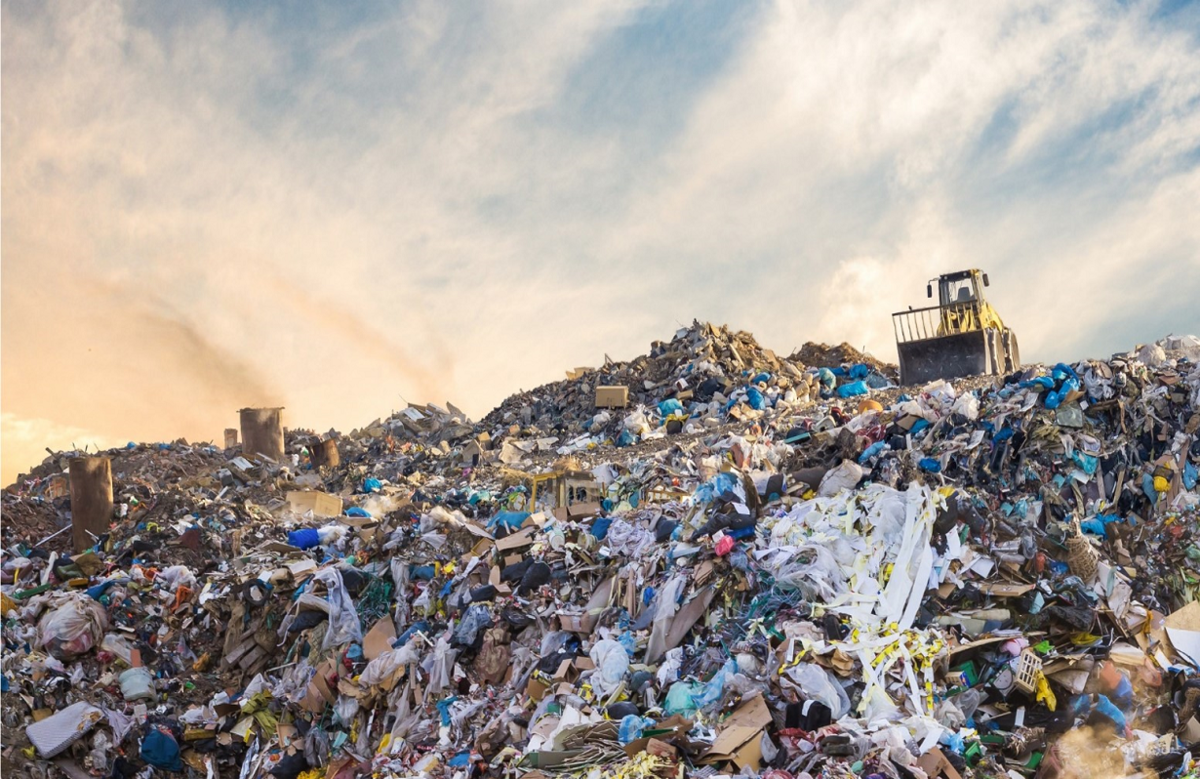Less production, better management: the EPR for profitability

Reduce for better performance
In fashion, as in other sectors, dormant stocks and unsold items weigh heavily on margins. Some retailers, like Promod, have opted for a voluntary strategy of reducing stock levels. The result: a rate of unsold stock of less than 3% per season and better cash flow control.
EPR as a catalyst for this strategy
Fewer volumes put on the market also means less complexity in EPR declarations. Each product must be correctly categorized, declared and accompanied by its eco-contribution. By reducing the dispersion of their product ranges, companies gain in clarity and precision, while cutting compliance costs.
A regulatory constraint that becomes an advantage
With the tightening of controls and the growing obligation to make eco-contributions visible, anticipating data quality has become a strategic challenge. Companies that integrate EPR into their product portfolio management logic transform a constraint into a competitive advantage.
CompliancR : securing your data and margins
At CompliancR, we help companies combine sobriety and compliance. Our AI platform :
- automates your eco-contribution calculations,
- centralizes your product data,
- secures your declarations to eco-organizations.
By reducing your volumes and relying on CompliancR, you save time, avoid errors and turn your EPR obligations into a sustainable performance lever.
Find out how CompliancR can simplify your EPR obligations. See our offers